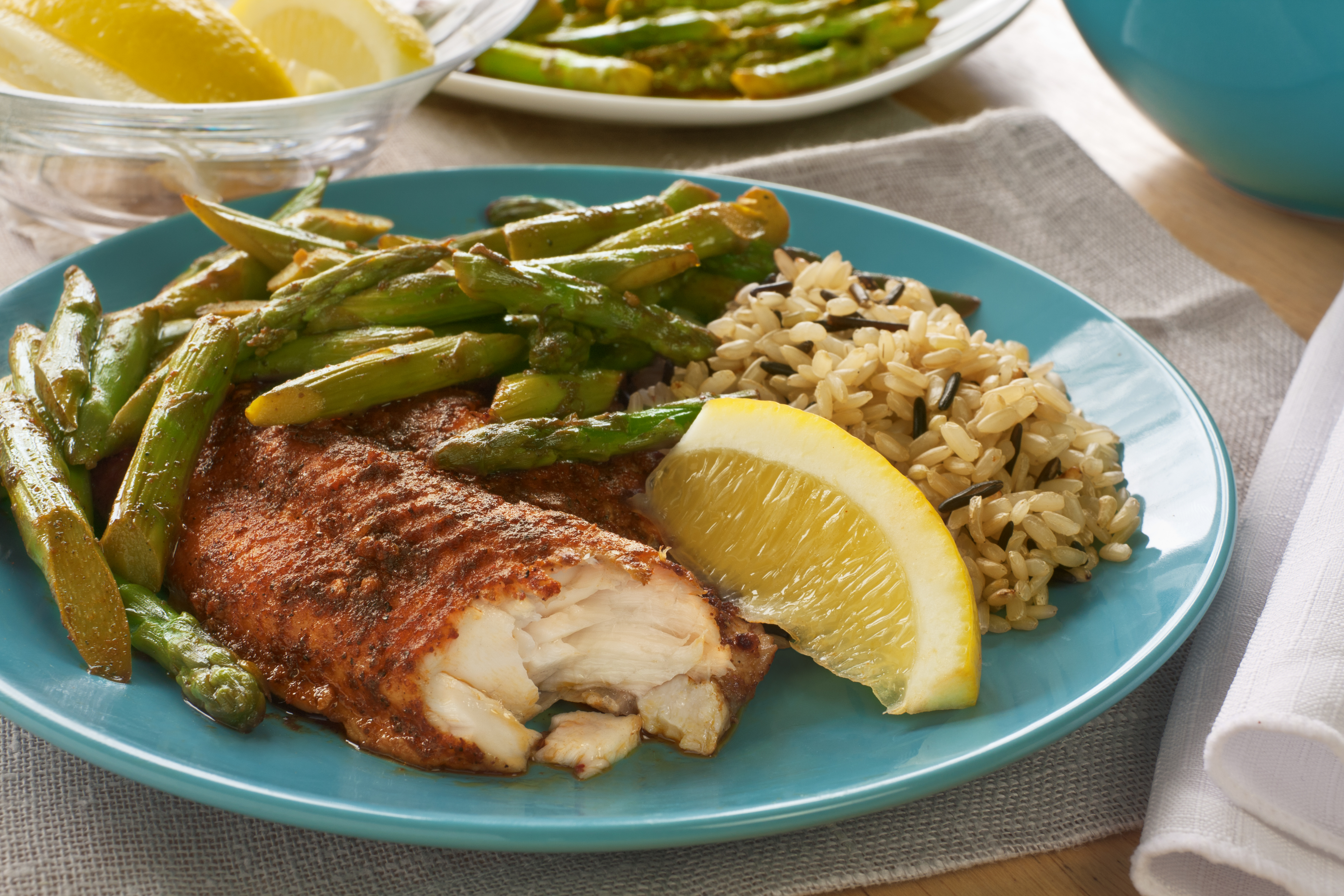Recently, the FDA and the EPA revised their recommendations about how much seafood pregnant and breastfeeding women (and young children) should be consuming. (The suggestions are still in draft form and can be commented on.) They also had some specific info on which types to avoid due to high mercury levels. Why the new suggestions? It turns out that pregnant and breastfeeding women don’t consume fish in the amount suggested by the 2010 US Dietary Guidelines for Americans. According to the National Oceanic and Atmospheric Administration (NOAA), Americans typically eat just half the recommended amount—about 3.5 ounces per week. So in reality, most all of us could use more seafood in our diets.

What is the revised recommendation?
The revised suggestion for seafood consumption is 2-3 servings per week. That’s 8-12 ounces (obviously, young children will not consume this amount, but 3-5 ounces is appropriate weekly for kids under age 6). It’s also suggested that consumers eat a variety of seafood instead of just the same choice each time. This is always a good practice nutritionally, since it allows you to reap a wider array of nutrients. Opt for non-fried fish and seafood to keep calories and fat in control.
What’s so good about seafood?
I’ve discussed the merits of seafood consumption before, but to sum up, fish is a great source of high quality protein, a slew of vitamins and minerals and healthy fats. Omega-3 fatty acids, found in good amounts in certain types of fish, are known to be particularly beneficial to the visual and cognitive development of infants. According to the new FDA document, “The nutritional value of fish is especially important during growth and development before birth, in early infancy for breastfed infants, and in childhood.” For those who aren’t pregnant or breastfeeding, omega-3s are health-promoting in a number of other ways, including blood pressure regulation and other cardiovascular benefits.
Choose safe seafood when you’re expecting.
It’s not all that surprising that expecting women aren’t eating lots of fish really. Most people don’t consume the recommended amounts, and the Dietary Guidelines warn women who are pregnant to be careful of fish consumption due to the mercury levels of certain species. Mercury is a neurotoxin that can be especially dangerous to developing brains and nervous systems. In addition, raw fish is not advised for pregnant women and young children in order to protect their immune systems from the risk of foodborne illness. The FDA has provided a chart that shows mercury levels in a variety of seafood species. In general, there are four types of fish that are highest in mercury, and therefore important to avoid if you are pregnant, breastfeeding or feeding young children: tilefish from the Gulf of Mexico, shark, swordfish and king mackerel. When choosing canned tuna, opt for “light” tuna over albacore when possible. Both types are low in mercury, but the light variety is the lowest (three times less than albacore on average).